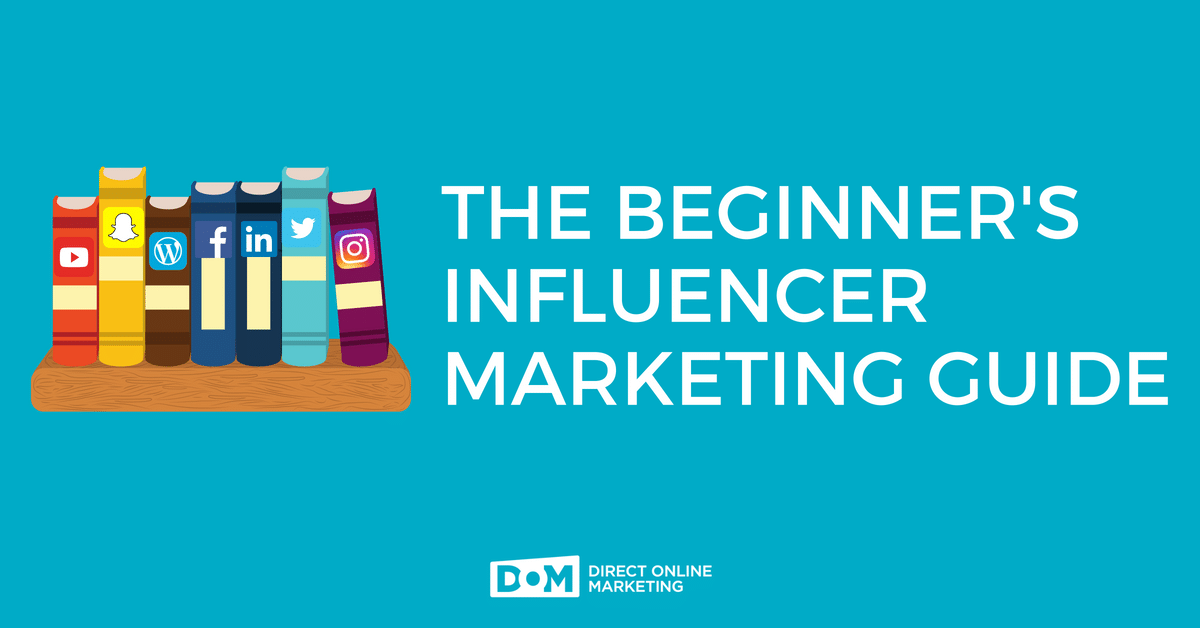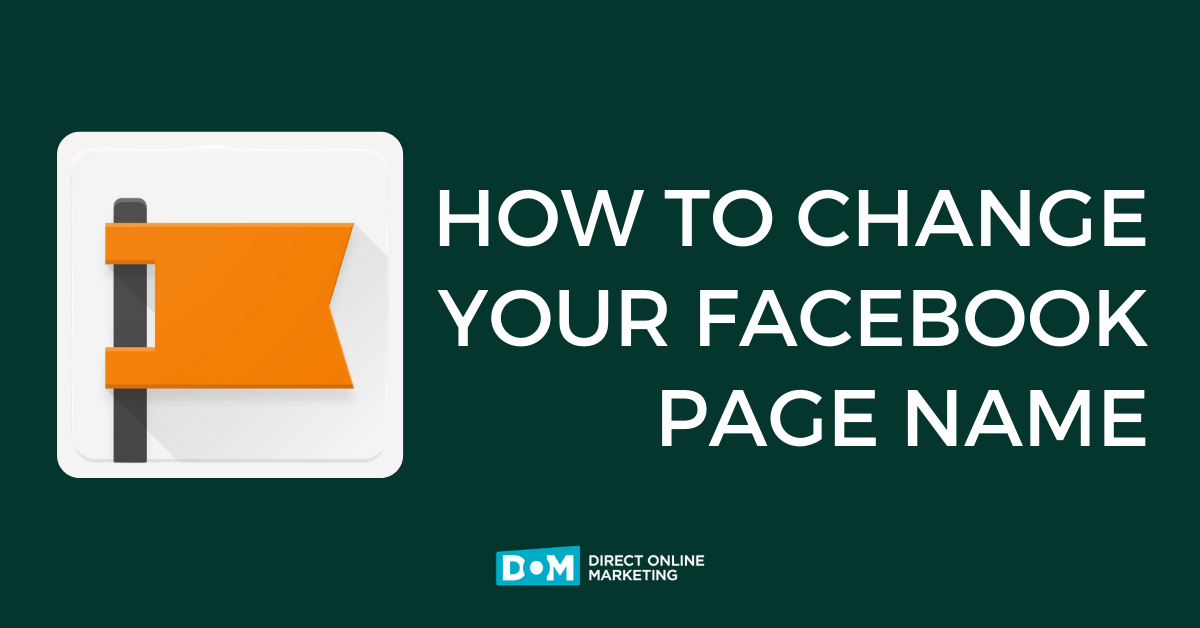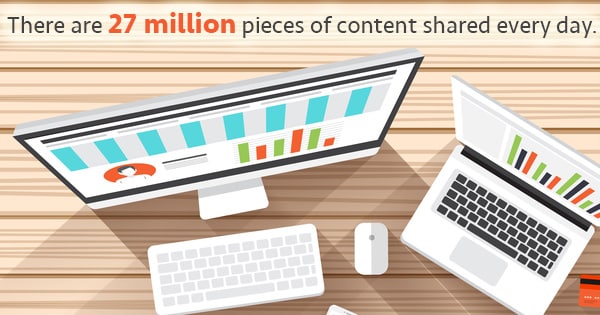
To understand one of the more buzzed-about digital promotion tactics, this influencer marketing guide for beginners is a terrific place to start.
Digital marketers constantly seek out the next big trend to get the attention and awareness they crave.
Despite a surplus of hype floating around, a dedicated influencer campaign has a lot of potential.
Brands partner with influencers to increase awareness amongst highly engaged and loyal fanbases. And while awareness is great, motivating customers to act keeps companies in business.
By reading our guide, you will have an excellent base to understand what influencer marketing is, whether it will work your business, and how to jump in with your first campaign.
The world of influencers may feel like a fresh idea, but in truth, this concept is anything but new.
What is influencer marketing?
Influencer marketing is when companies partner with individuals who have considerable online and social followings – people referred to as “influencers.”
An influencer describes a respected or well-liked person. Because of their reputation, an influencer has the power to affect or change the way other people behave – or think.
With enough dedication, any person can grow an audience and their influence through the Internet. But if you think about it, aren’t influencers just online celebrities?
Yes – influencers are modern-day celebrities. In fact, we’ve seen influencer marketing before the age of the Internet.
The Evolution of Celebrity
The traditional idea of a celebrity is someone who is well-known or famous. For hundreds of years, society classified noteworthy content creators (writers, actors, singers) or public figures (business people, government officials, royalty) as celebrities. Our notion of these kinds of personalities is still true today.
As broadcast and communication technology have evolved over several hundred years, so has the concept of the celebrity. Prior to the Internet, television, telephones, postal mail, and the printing press, word-of-mouth was the only way to achieve celebrity status.
Word-of-mouth is still potent, but it doesn’t spread as quickly without the aid of technology. Communication and content creation are the keys by which influencers achieve widespread recognition on the Internet.
Celebrity Endorsements in the Digital Age
Before the rise of Google search and social media, brands partnered with influential celebrities, but the dynamic was slightly different.
You’ve seen these kinds of partnerships before through celebrity endorsement deals. Companies would offer promotional consideration for celebrities to use their products or for their appearance in advertising campaigns.
Arguably one of the finest examples of influencer marketing is this montage of someone who was the epitome of celebrity in the 1980’s:
That’s right – at the height of his popularity during his film career, Arnold Schwarzenegger had countless television ads under his belt for several Japanese brands. The above video is just a sample of a few he did for Nissin, the world-famous ramen noodle maker.
The History of Influencer Marketing
Celebrity endorsement deals are nothing new, but the earliest case of celebrity branding dates back to the late 1700’s.
In 1765, English potter Josiah Wedgwood created a new type of earthenware that impressed the then British Queen consort Charlotte so much that she granted Wedgwood permission to style himself “Potter to Her Majesty.” Henceforth, Wedgwood called his innovative pottery “Queen’s Ware.”
At the time, there were no celebrities more famous than members of the royal family. Wedgwood from then on used royal endorsements as a marketing device to show the value of his pottery.
Fast forward several hundred years and celebrity endorsements have become prominent. Influencer marketing and celebrity endorsements are one and the same, but the term “influencer” has a specific connotation in today’s world.
Who is an influencer?
The word influencer is almost always in reference to a person who has created a broad audience through social media, blogging, or video sharing websites.
For the purposes of this influencer marketing guide, there are three types of influencers:
- Traditional Celebrities
- Macro-Influencers
- Micro-Influencers
Celebrity Influencers
The notion of a celebrity is somewhat relative since social media, search engines, and YouTube can give anyone a voice.
In this tier of influencers, “celebrities” refer to top-tier famous people who are easily recognizable. This includes people who have become influential in the public eye through press appearances, athletics, music, movies, and more.
One of the most dominant figures in the celebrity influencer tier is Kylie Jenner, the youngest member of the Kardashian-Jenner family of reality TV popularity. Kylie Jenner has a line of cosmetics, made famous through her robust social media presence.
As reported by social media insights firm D’Marie Analytics judging her Instagram profile’s engagement metrics, every one of Jenner’s Instagram posts is worth roughly $1 million. To put things in perspective, a 30-second ad during the 2018 Super Bowl cost an average of $5 million. So whenever you see the #sponsored or #ad hashtags in her posts, she’s getting paid big by advertisers.
https://www.instagram.com/p/BS7MP4ghTT_/?utm_source=ig_web_copy_link
Kylie Jenner is in her own league, but celebrity influencers typically have huge audiences; somewhere between 200K -1M+ followers and fans across multiple social platforms.
Macro-Influencers
These influencers may not have as much widespread recognition as celebrities, but their reach on social media is nothing to sneeze at. At this level, these influencers boast somewhere between 50K to 150k followers.
The costs are much lower, but they too have large online audiences that took serious commitment and talent to build up. These influencers partner with brands that matter to their communities, and subsequently these partnerships are useful to marketers for reaching large groups of people.
Consider the case of Ninja, the biggest name in Twitch streaming right now. Ninja live streams his video gameplay footage for roughly eight hours a day and pulls in an average of 100k+ concurrent viewers when he goes live.
With 2.9 million followers on Twitter and so many viewers on Twitch, you’d think more people would know about him. Despite this online presence, Ninja is only synonymous amongst the online gaming community and hasn’t reached the mainstream quite yet.
Here’s a clip from the end of an eight-hour charity stream where Ninja raised over $100K through viewer donations for the American Foundation for Suicide Prevention.
Micro-Influencers
Despite significantly fewer followers than celebrities or macro-influencers, these individuals are more accessible to a larger number of brands. Their social media presence tallies up to around 2.5K to 40K followers.
These influencers are generally more relatable and have passionately engaged audiences. While this level is perfect and affordable for small companies, some humongous brands leverage both macro and micro-influencers.
Most people who define themselves as influencers fall under this category. In addition to many bloggers and smaller social media personalities, micro-influencers also consist of industry experts and thought leaders in heavily niche communities.
The Influencer Marketing Guide: First Steps
Influencer marketing can be a great tool to promote a brand, but there’s a lot of careful consideration before diving in face first.
Here are three areas to consider if you’re ready to partner with influencers.
1. Influencer Marketing Costs
Every industry has unique marketing costs, and influencer partnerships are no different. Influencers choose to work with companies that appeal to their audience on top of some tangible form of payment.
Companies looking to work with celebrity and macro-influencers will have higher costs. Most of these people have clearly defined rates for promotional partnerships.
No matter what they’re charging, here are the three best metrics to gauge your ROI when partnering with influencers of all kinds:
-
- Cost-per-click (CPC): When using this metric, all posts from influencers should have some method of tracking link clicks if you want an audience to take a specific action.
-
- Cost-per-engagement (CPE): For influencers with highly engaged audiences, this is a critical performance metric for promotional campaigns. This counts all likes, shares, and comments posts receive.
- Cost-per-acquisition (CPA): This metric measures how many sales or leads were generated by an influencer campaign in relation to payment provided to the influencer.
Micro-influencers may also request monetary payment, but there are times where they will consider alternatives. For example, if you’re a furniture manufacturer and want an interior design blogger to feature your company, sending them several big-ticket items is a perfect payment alternative.
If all of this is new to you and you’re unsure of how much to invest, start out small with micro-influencers. Shop around and request pricing from these influencers to get an idea of much it will cost to work with them.
Once you have a baseline of what to expect, you have the data to decide if moving to a higher-tier is worth it.
2. SEO + Influencers
A dedicated SEO campaign always accounts for link building efforts. For those who need a refresher, link building is the process of reaching out to third-party websites related to your industry and acquiring backlinks from those sites.
A long-time backlink tactic, brands still send their products to bloggers for free so the writers put together a review of those products. This tactic is useful for two reasons – awareness and backlinks.
Marketers often overlook an influencer’s blog or website since they are mostly concerned with tapping into the influencer’s social media followers. For the higher-end of smaller and medium-sized influencers, these people typically have a website with some kind of blog built into it.
The bigger an audience an influencer has, the higher their website’s domain authority, meaning highly valuable backlinks.
Most of what influencers will promise are social posts. If you’re going to the lengths of starting a partnership like this, you might as well get as much value out of it as possible. Even if the results from the social aspect are less than stellar, you’ll at least score a relevant backlink out of the deal.
3. Finding and Evaluating Influencers
The first place to start when jumping into influencer marketing is defining clear and measurable goals. Your goals will determine what your audience looks like.
The audience is an essential consideration for researching potential influencers because these individuals have built their reputation through specific social platforms or their content has a particular appeal.
From here, there are several influencer discovery tools you can use, but Google is your friend to help compile a list of influencers who could be a good fit.
In the beginning phase of researching an influencer, comb through of all their online properties (all social profiles, websites, YouTube videos, etc.). Try to get a sense of which platforms they do well and how consistently they interact with their community.
Next, make contact and lay out exactly what you’re looking to get out of a potential partnership. They’ll provide you with things like their engagement metrics and rates/pricing packages.
Since this is the Internet, try not to take them on their word regarding their online presence. Their pricing will provide a basis for calculating the cost-per-engagement. Dive into their profiles and try to gauge the average number of engagements per post.
The last thing to be aware of in the realm of online influencers is that many of them have used and continue to use alternative methods for follower growth. Social platforms are cracking down on the act of buying followers, but it is still pretty common.
The best way to see if follower and engagement counts are legitimate is by checking comment sections. Many bot accounts have very fake-sounding profile names and have no activity on them.
Beyond that, you can use a free tool like Social Blade to see what their follower growth looks like over longer periods of time. If you find an influencer with consistently huge jumps in follower counts over the span of a year, something may not be right.
The Influencer Marketing Guide: Closing Thoughts
As the value of organic social media continues its rapid decline, marketers are beginning to accept that the free ride is over. Advertising on social media can be immensely effective for driving sales and leads, but influencer marketing proves that there are noteworthy alternatives when tapping into engaged audiences.
Partnering with an influencer has the potential to generate some remarkable results, but your mileage may vary. Working with influencers isn’t for everyone, but this influencer marketing guide should point you in the right direction to successfully putting your first campaign into action.
If you’re interested in learning how you can drive better results with search engine marketing, schedule a digital marketing consultation.




